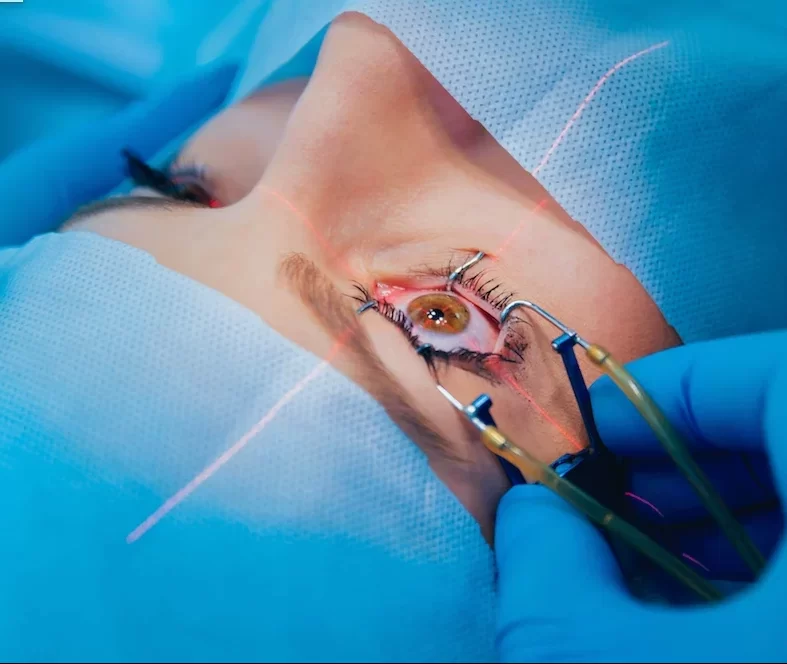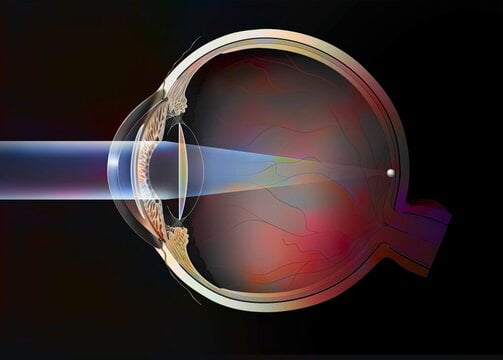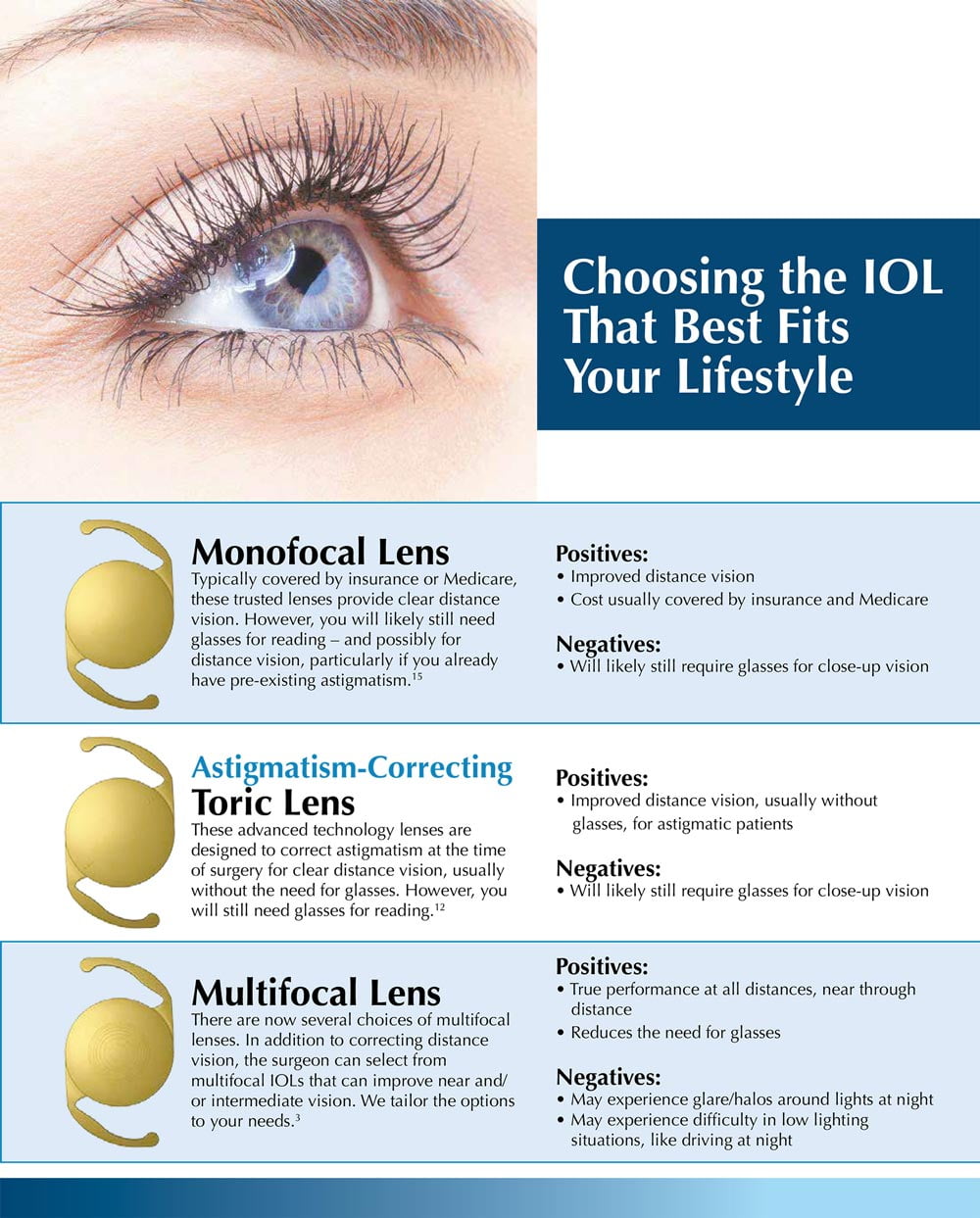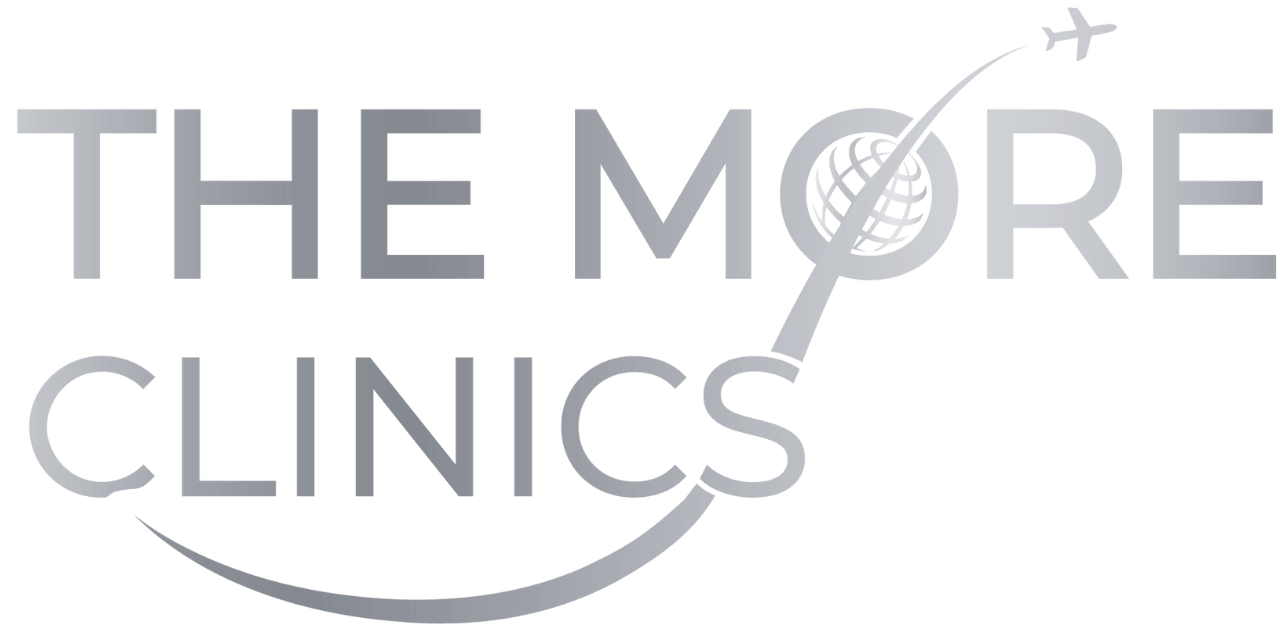lens replacement surgery – Turkey ıntra ocular lenses TURKEy
Refractive Lens Replacement Surgery Turkey
Did you know that when people discuss “lenses” in the context of eye care, they’re not always referring to contact lenses? In fact, when someone undergoes cataract surgery and has an intraocular lens implanted into their eye, it’s an entirely different type of lens! This transparent lens aids in focusing light, allowing it to reach the retina. Without it, our vision would be blurred, hindering our ability to clearly see objects at varying distances. It’s truly remarkable to contemplate how such a minute refractive lens exchange surgery can profoundly impact our eyesight! Learn more about Lens Replacement Surgery Turkey, Antalya


What is Refractive Lens Exchange Surgery?
Lens replacement surgery, also known as refractive lens exchange or clear lens extraction, is a medical procedure used to correct vision problems caused by cataracts or other refractive errors. It involves removing the natural lens of the eye and replacing it with an artificial intraocular lens (IOL).
Trifocal IOLs in particular offer clear vision at close, medium, and far distances without the need for pesky reading glasses. After undergoing the lens replacement surgery, patients can ditch their glasses altogether and easily read, drive, and spot far-off signs without a hitch. Thanks to this advanced smart lens technology, trifocal IOLs are a highly sought-after solution for vision correction.
How your eye works?
When you look at an object, the light reflected from it enters your eye through your pupil. The cornea and lens work together to bend and focus the light onto the retina, which is covered in millions of light-sensitive cells called rods and cones. Cones help you see in the daytime, allowing you to perceive objects in color and detail. While rods are responsible for night vision, helping you see in low light situations. The retina then converts this light energy into electrical signals that travel to your brain through the optic nerve. Your brain then works its magic, processing these signals to create the image you see in front of you!
Intra Ocular Lens Implantation
Gone are the days of cataract surgery resulting in the need for a lifetime of glasses. Thanks to the advancements in medical technology, a new procedure known as intraocular lens implantation has taken over. With the removal of the natural lens and the placement of a multifocal iol, patients can achieve perfect vision from all distances. This cutting-edge treatment has become a popular solution for those suffering from eye diseases such as cataracts. Implanting the prosthetic lens directly into the eye, patients can now see the world with clarity and without the hindrance of glasses.
Which Intraocular Lens is Right For You?
Are you someone who has been struggling with eye disorders and have been told laser eye surgery is not an option due to thin corneal thickness? Don’t worry, Intraocular Lens (IOL) might be the perfect solution for you.
With options like multifocal, accommodative and multifocal toric lenses, the best lens for your unique needs will be determined through evaluations. However, if you suffer from eye diseases like glaucoma, diabetic retinopathy, diabetic macular edema, or macular degeneration, bifocal or trifocal lenses may not be suitable for you. Your doctor may even use a combination of two different IOLs for optimal results. Just like with glasses, the lenses will be customized to your specific needs to give you the best vision possible.
GET A FREE CONSULTATION!
Let’s Start Planning Your Treatment %100 Guarantee Results.
TYPES OF INTRAOCULAR LENSES TURKEY
Monofocal (Single Focus Lens)
Lenses that allow us to see only a long distance are called monofocal (single focus) lenses. Smart lenses used in cataract treatment put an end to the need for eyeglasses. In the treatment of cataracts, single-focal monofocals are used as well as trifocal smart lenses.
Multifocal Intraocular Lens
Multifocal contact lenses are contact lenses that contain more than one degree in a single lens. There are degrees for very close objects, one degree for normal objects seen from a distance, and degrees for objects at intermediate distances. Thanks to this mechanism, people with presbyopia can correct the problems of not being able to see near objects clearly due to advanced age.

Trifocal Intraocular Lens
Lenses that allow us to see far, medium and close distances are called trifocal lenses.
Toric Lens (Astigmatic Lens)
If the patient has astigmatism in the eye, a toric iols (to correct astigmatism) can be preferred.
Phakic Intraocular Lenses
If the refractive errors such as hyperopia, myopia and astigmatism are too high and it is determined that LASIK treatment will not be sufficient to correct them, or if the corneal thickness, which is one of the conditions required by LASIK treatment, is not sufficient for this treatment, Phakik intraocular lens treatment is among the options to be considered.
Things to do before Refractive Lens Exchange Surgery Turkey
Refractive lens exchange can be life-changing, but it’s important to ensure your surgery is a success. To give yourself the best chance, focus on getting pre-operative measurements, consulting an experienced doctor, and ensuring everything is done with meticulous cleanliness. These small but essential steps can make all the difference. On the day of surgery, you’ll undergo a thorough examination to determine suitability and which laser type would be best for you. With careful preparation, you’ll be on your way to clearer vision in no time!
How is Lens Replacement Surgery in Turkey Performed?
Administration of general anesthesia to ensure the patient is asleep and pain-free during the procedure.
Utilization of the phacoemulsification method, which involves the use of an ultrasonic device to aspirate the natural lens inside the eye.
Removal of the natural lens.
Implantation of new artificial smart intraocular lenses.
Typically preferred for patients who do not have cataract disease but desire to eliminate the need for glasses.
The operation duration is approximately 15 minutes per eye.
It is recommended to have each eye operated on different days, although same-day procedures are also possible.
What Should be Considered after Refractive Lens Exchange Surgery?
During the procedure, the patient is given general anesthesia so they won’t feel any pain. Then, using a device with an ultrasonic feature, the natural lens inside the eye is removed in a method called phacoemulsification. Once that’s done, new artificial smart intraocular lenses are affixed to the patient. This surgery isn’t just for those with cataracts- it’s also an option for people who want to ditch their spectacles. The whole process takes about 15 minutes for one eye, and it’s usually recommended that patients have the operation on each eye on separate days. So, if you’re tired of vision aids and looking for a permanent solution, smart intraocular lens surgery might be worth looking into!
Smart Intraocular Lens Costs in the World Compared to Turkey (Türkiye)
| Country | Price | Rating |
|---|---|---|
| Lens Replacement Surgery Turkey | ~ 3650€ | ★★★★★ |
| Lens Replacement Surgery Cost in Mexico | ~ 3700€ | ★★★★ |
| Lens Replacement Surgery Costs in Germany | ~ 4000€ | ★★★ |
| Lens Replacement Surgery in the USA | ~ 5500€ | ★★★ |
| Lens Replacement Surgery Costs in the UK | ~ 6700€ | ★★ |
POURQUOI LES GENS NOUS CHOISISSENT-ILS ?
“Pour obtenir de bons résultats cliniques, il faut une combinaison d’expertise médicale, de technologie de pointe et de soins de haute qualité.
Les cliniques More, qui offrent aux patients du monde entier des services médicaux de premier ordre dans plus de 90 pays et en 7 langues, sont coordonnées par des bureaux de soutien aux États-Unis, au Royaume-Uni, au Canada et en Israël.
- Plus de 10 000 patients traités avec succès dans le monde entier !
- Technologies de pointe et matériaux de haute qualité.
- Des techniques éprouvées dans le monde entier !
- Plus de 20 ans d’expérience.
- Engagé pour les droits des patients !
- Seulement des prix raisonnables et abordables.

GET A FREE CONSULTATION!
Let’s Start Planning Your Treatment %100 Guarantee Results.
contact us
We find the proper treatment for every patient
dial now
+90 542 541 3135

Written by The More Editorial Team and Medically Reviewed by Op.Dr.İbrahim Kaya who specialized on Eye Surgery, Retinal Surgery and Optalmology.
